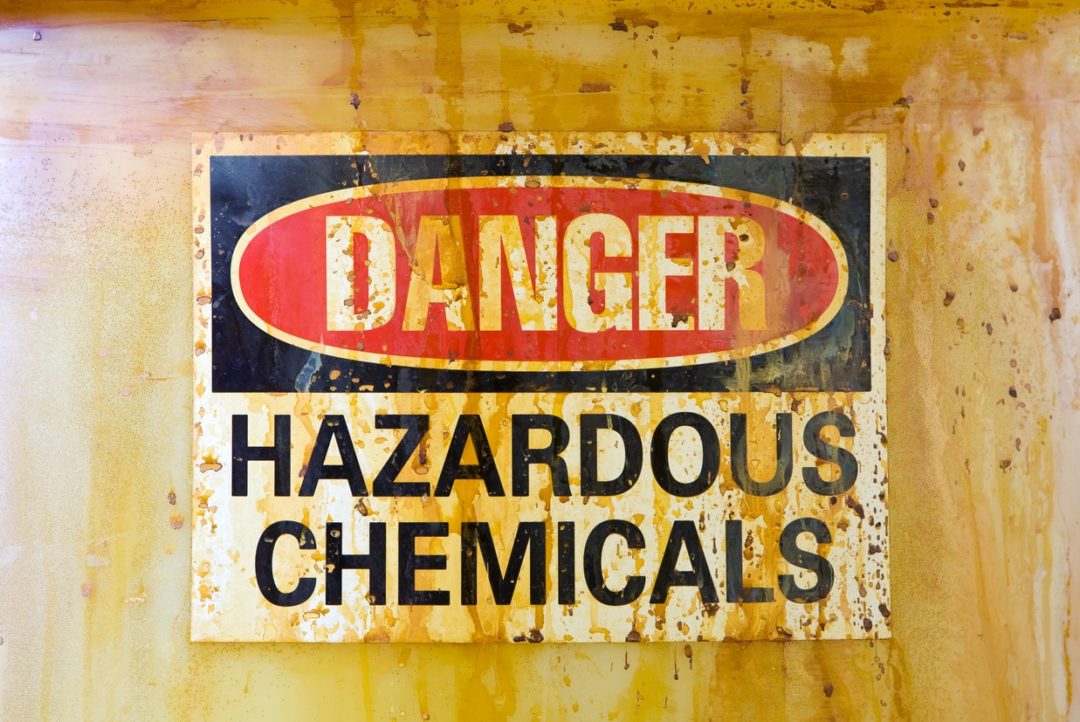
Visit Our Sponsors |
|
|
|
|
|
|
|
|
|
|
|
|
|
|
|
|
|
|
|
|
|
|
|
|
|
|
|
|
|
|
|
|
|
|
|
|
|
|

Photo: iStock.com/BanksPhotos
 Analyst Insight: A more sustainable supply chain requires rethinking your packaging. New and innovative hazardous materials packaging tools can help companies reduce environmental impact without sacrificing quality or performance, and without meaningful cost implications.
Analyst Insight: A more sustainable supply chain requires rethinking your packaging. New and innovative hazardous materials packaging tools can help companies reduce environmental impact without sacrificing quality or performance, and without meaningful cost implications.
The push for sustainability in the dangerous goods (DG) supply chain is gaining momentum. A 2024 study revealed that 81% of companies involved in selling and distributing DG products have adopted sustainability practices. One area in particular that is skyrocketing is sustainable packaging; 48% of companies surveyed are focusing on sustainable packaging, more than double the number in 2023.
This surge is driven by regulatory pressures and market demands, as traditional packaging with poor end-of-life outcomes faces growing scrutiny. States across the U.S. are implementing bans on non-biodegradable materials, and urging industries like pharmaceuticals, life sciences and chemicals to innovate.
Of course, transitioning to sustainable packaging presents challenges, as companies must balance sustainability with performance, cost and regulatory compliance, especially in sectors where safety and reliability are critical.
Innovations Driving Change
Traditional packaging materials such as expanded polystyrene (EPS) foam come with a steep environmental cost, with some taking hundreds of years to decompose, and contributing significantly to microplastic pollution. Likewise, traditional metal containers often used to ship hazmat are not reusable and frequently dent, creating significant waste.
Fortunately, new sustainable packaging is available.
Advanced Materials
Advances in material science are revolutionizing DG packaging. Key innovations include high-performance recycled plastics that offer better durability, composite materials that weigh less, and bio-based alternatives that help make packaging biodegradable.
Modern packaging designs also offer reusable containers that reduce waste, space-optimized designs that improve transportation efficiency, and enhanced sealing mechanisms that prevent leaks with less material usage.
By rethinking design, not just the materials used, companies can minimize material usage, enhance recyclability, and boost overall efficiency.
Overcoming Resistance to Change
Despite its advantages, the adoption of sustainable packaging is not without hurdles, including cost constraints, regulatory complexities and change management.
Cost is a major obstacle, as businesses often perceive sustainable materials to be more expensive. However, advancements in material science are ameliorating this problem, with new solutions that match or exceed traditional materials in cost, quality and performance.
Navigating stringent safety and performance standards can be daunting as well. For DG packaging, compliance is non-negotiable. However, innovations in testing and certifications are making the transition to sustainable practices more accessible, giving businesses confidence to adopt these changes.Businesses are often hesitant to change products due to the potential impact on their operations. However, many modern eco-friendly packaging solutions can be seamlessly integrated into a business’s operations without impacting efficiency or performance. This ease of adoption is encouraging more companies to make the switch.
The Future of Business
As of 2024, 75% of executives believe sustainability drives better business results, with 76% making it a central focus of their strategies.
Companies embracing sustainability frequently experience an enhanced brand reputation, increased customer loyalty, and a competitive advantage in the marketplace.
By prioritizing circularity, sustainable sourcing, and resource efficiency, businesses can achieve long-term benefits while contributing to a healthier planet. As customer expectations evolve, companies adopting innovative, sustainable solutions will be better positioned for success.
RELATED CONTENT
RELATED VIDEOS
Timely, incisive articles delivered directly to your inbox.






